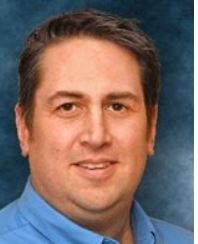
Weapons Complex Monitor Vol. 33 No. 41
Visit Archives | Return to Issue PDF
Visit Archives | Return to Issue PDF
Weapons Complex Monitor
Article 1 of 11
October 27, 2022
WIPP’s Panel 7 full, next one certified by state

The Department of Energy’s Waste Isolation Pilot Plant near Carlsbad, N.M., last week emplaced its last shipment of defense-related transuranic waste into Panel 7, the underground work area left contaminated by a radiation leak in February 2014.
“Last week,…
Partner Content